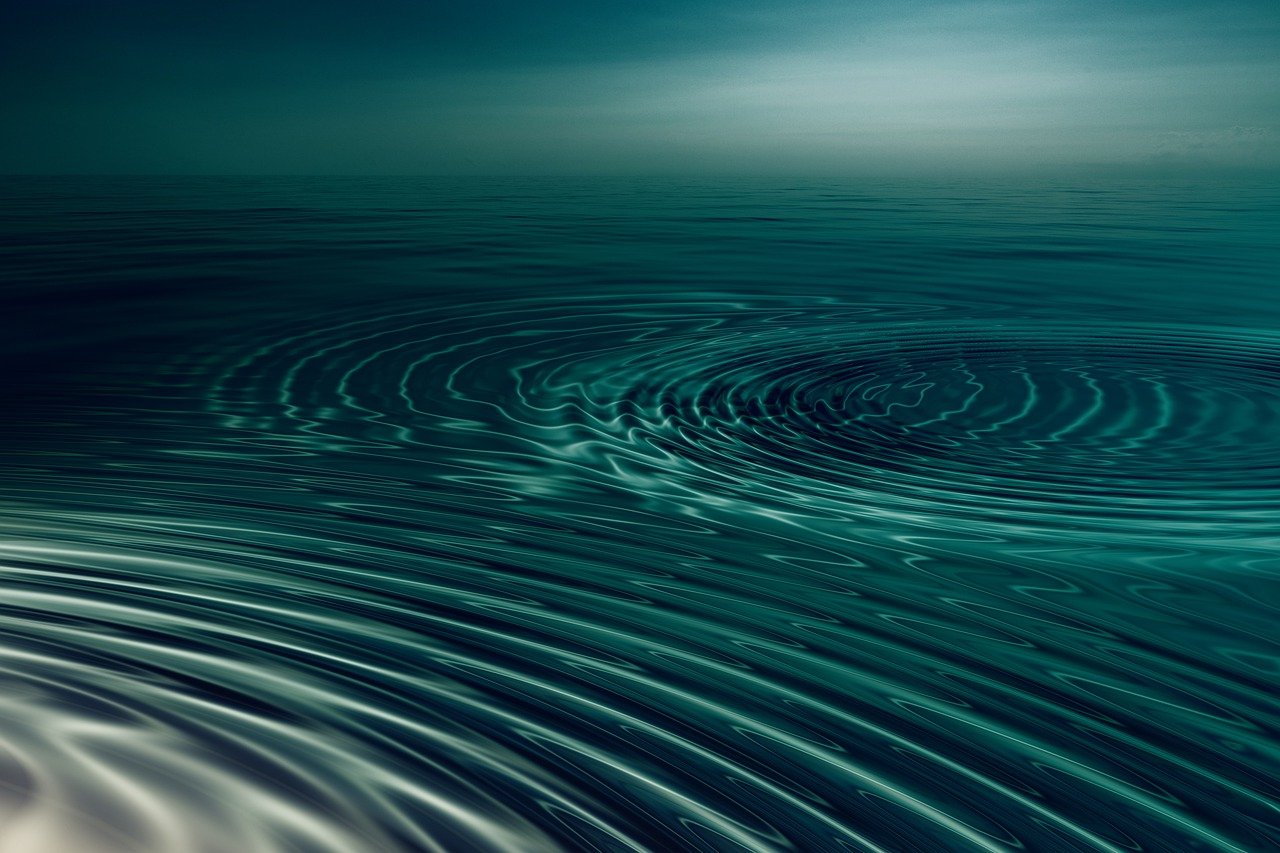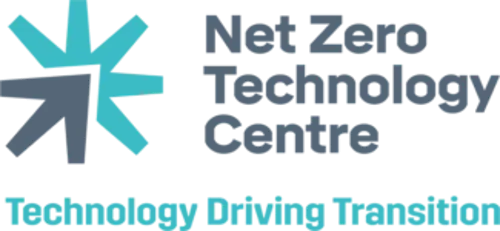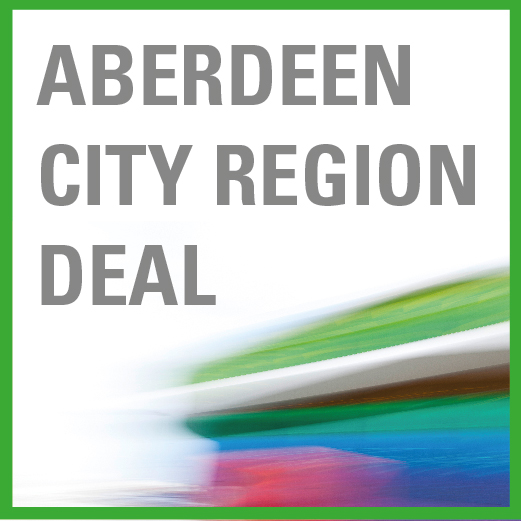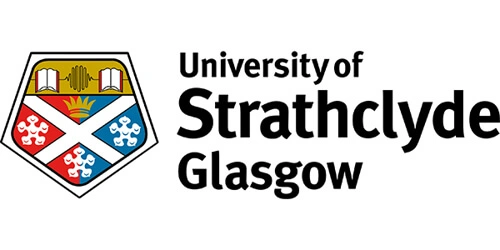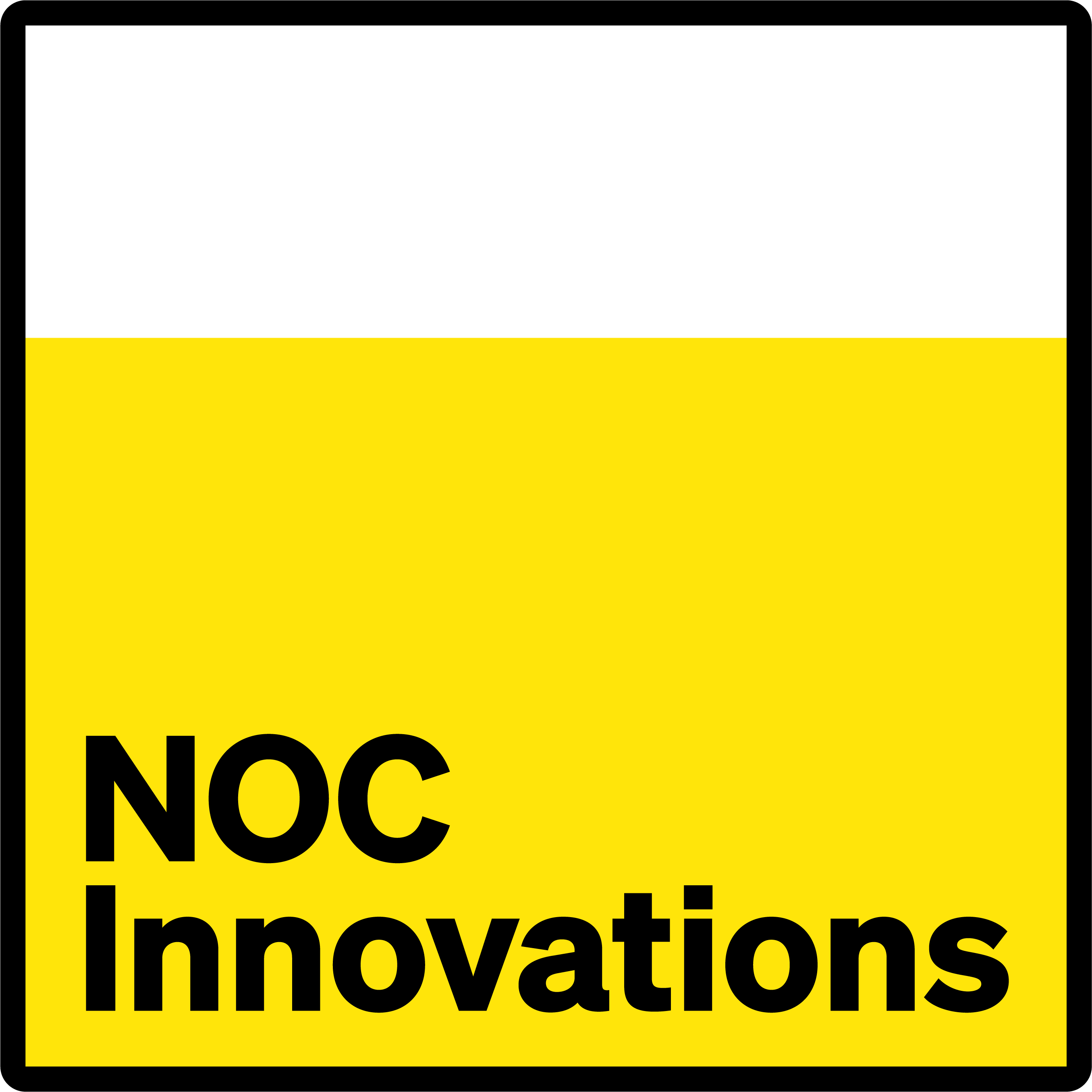Project Overview
The research centres on the development of AI-based real-time autonomous solutions, focusing on depth estimation, 3D point cloud reconstruction and robot manipulation for underwater environments. In the context of the SeaSense project, these innovations not only redefine underwater exploration and manipulation capabilities but are specifically geared towards the task of underwater object-grabbing using a robotic arm. The AI algorithms designed for depth estimation play a critical role in ensuring precise navigation, obstacle avoidance and overall safety for autonomous underwater systems engaged in the task of object grabbing. Advanced 3D point cloud reconstruction techniques empower the creation of detailed representations of the underwater environment, essential for mapping and facilitating accurate object recognition. Moreover, the integration of AI-driven solutions for robot manipulation enhances the adaptability of underwater robotic systems, enabling complex tasks such as object grabbing with a robotic arm. As a result, this research not only contributes to the broader advancement of underwater autonomy but directly addresses the practical application of underwater object grabbing, showcasing its potential impact on underwater robotics for tasks ranging from exploration to industrial applications.
Challenges
The underwater environment poses formidable challenges for developing accurate algorithms in depth estimation and 3D point cloud generation, compounded by inherent complexities and limitations of optical sensors. The presence of water introduces light absorption, scattering, and refraction, diminishing sensor effectiveness. These optical challenges lead to degraded image quality and reduced signal-to-noise ratios, affecting the precision of depth estimation algorithms. Additionally, underwater scenes exhibit dynamic conditions, such as varying visibility and ambient light, making it difficult to create algorithms robust enough to adapt in real-time. Overcoming these challenges requires innovative approaches that account for optical constraints, environmental variability, and the unique characteristics of the underwater domain to ensure the reliability and accuracy of depth estimation and 3D point cloud generation algorithms.
Recent Developments
Recent developments focus on achieving real-time accuracy for depth estimation through the integration of stereovision technology. Utilising multiple cameras capturing images from slightly different viewpoints, akin to human binocular vision, Dr Ali Rohan, Hamidreza Farhadi Tolie, and Professor Jinchang Ren from the Transparent Ocean team along with Dr Somasundar Kannan from the School of Engineering, Robert Gordon University are working towards addressing the challenges posed by the intricate underwater environment.
By employing algorithms grounded in triangulation principles inherent in stereovision, the team is striving to enhance the precision of depth estimation in real-time. This ongoing effort is pivotal for navigating the complexities of underwater scenarios. Real-time processing of stereoscopic images not only aims to improve depth perception, but also enhances the adaptability of autonomous underwater systems, enabling swift and precise decision-making. The team's ongoing work in implementing stereovision for accurate depth estimation holds great promise to advance the capabilities of underwater robotics, addressing challenges and laying the foundation for future innovations in underwater exploration and manipulation.
Potential Impact
The potential impacts of this research are far-reaching, promising a paradigm shift in the capabilities of autonomous underwater systems. The integration of stereovision technology for real-time depth estimation holds the key to unlocking a myriad of applications in underwater exploration and manipulation.
The foremost impact lies in the realm of increased operational efficiency. Accurate and real-time depth estimation facilitates precise navigation, obstacle avoidance and enhanced decision-making for underwater robotic systems. This not only ensures the safety of operations, but also opens new possibilities for intricate manoeuvres in complex underwater environments.
Moreover, the advancements in the field of depth perception through stereovision contribute to the creation of detailed 3D point clouds, offering a comprehensive understanding of the underwater surroundings. This has profound implications for mapping, environmental monitoring, and underwater archaeology, providing invaluable insights into the hidden depths.
Future Plans
Looking ahead, plans involve refining and optimising the stereovision algorithms to further improve their accuracy and reliability. The Transparent Ocean team aim to conduct extensive trials to validate the effectiveness of their approach in real-world underwater scenarios. Additionally, the team plans to explore collaborative ventures with industry partners to integrate their technology into existing underwater robotic platforms, fostering broader applications in sectors such as offshore energy, marine research and environmental & biodiversity monitoring.
Companies interested in receiving further information on how this research can be applied to their projects can reach out via our Contact Us page. The NSC's dedicated team will be happy to discuss possible collaborations and partnerships.
To discover more about how our Transparent Ocean team is solving real-world problems and the other impactful research projects that are currently being undertaken, view our dedicated Transparent Ocean webpage.
